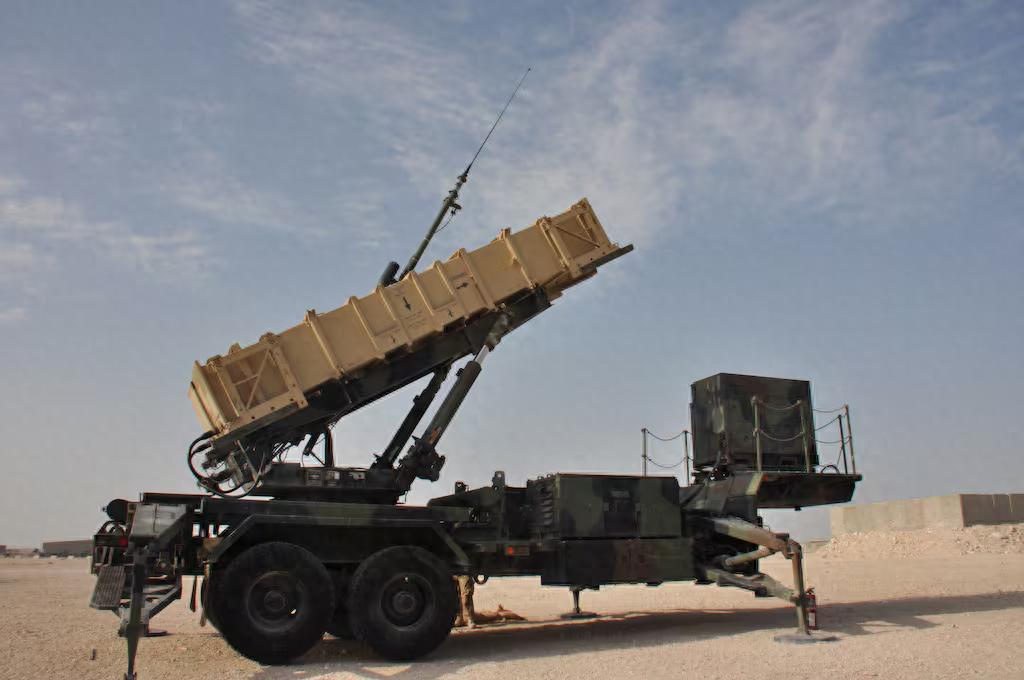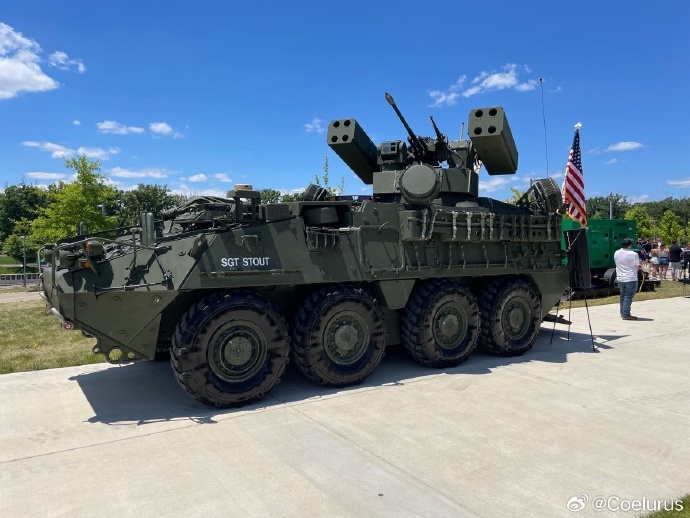【By Observer Net, Wang Shipu】For a long time, the U.S. Air Force has controlled fixed-wing aircraft, while the U.S. Army has controlled large surface-to-air missiles such as the Patriot. But now, the U.S. Air Force believes this situation needs to change.
According to an article on the Defense News website on October 14, an Air Force officer believes that the U.S. Air Force can no longer rely on the U.S. Army to protect its air bases, and it is time for the Air Force to equip more ground-to-air defense systems and take on the responsibility of protecting its own airports.

Patriot system of the U.S. Army on social media

M-SHORAD air defense system equipped by the U.S. Army
Major Phil Ferris, an air power strategist in the Air Force Staff, wrote in an article recently written for the Mitchell Institute for Aerospace Studies: "Theoretically, the Air Force is responsible for protecting its own forces, and the only active defense option currently available to the Air Force is its own fighter jets."
He said that with the changing war environment, the Air Force lacks the capability to deal with modern threats. Many Air Force bases do not have fighter jets, including many overseas bases. The Air Force can only use anti-drone systems and some small arms, lacking heavy machine guns and anti-aircraft guns or other air defense missiles, and cannot provide meaningful protection.
Major Phil Ferris, an air power strategist and senior security force officer in the Air Force Staff, stated that the Air Force should now acquire new capabilities to counter drones and cruise missiles. However, the U.S. Army can continue to provide the "Patriot" and Terminal High Altitude Area Defense (THAAD) systems, and can also add anti-drone and anti-cruise missile defense systems where possible. But all of this is conditional on the Air Force forming its own air defense force.
These Air Force officers cited the Ukraine-Russia conflict as an example. He said that if the United States were to go to war with China, it is almost certain that the U.S. Air Force bases in Guam and elsewhere would be attacked by missiles, bombers, and突击队. As demonstrated by recent Ukrainian drone attacks on Russian inland airbases, even small countries or terrorists can destroy billion-dollar bombers with drones worth thousands of dollars.
In most countries around the world, the air force simultaneously controls surface-to-air missiles and fighter jets. But in the United States, there are some "ancestral rules" that stipulate that "air force bases are protected by the army."
According to the Key West Agreement of 1948, which defined the tasks of each branch of the military, ground air defense was the responsibility of the Army. Army air defense units often coexisted with U.S. Air Force bases in the Middle East and Europe. This situation has persisted for a long time, leading people to believe that "Army surface-to-air missiles paired with Air Force fighter jets" is the norm.
However, according to Major Ferris's article in the Mitchell Institute, the Key West Agreement "was partially correct, but never explicitly assigned the task to the Army."
The article explains: "The most explicit written description of the Air Force base air defense responsibility is a memorandum of understanding signed between the Army and the Air Force in 1984, which states that the Army will primarily be responsible for the air defense of Air Force bases. However, the memorandum also points out that if the mission funding is insufficient, the Air Force can conduct its own point defense."
In addition to debating the "ancestral rules," Major Ferris also believes from a technical perspective that the Air Force can no longer rely on the Army to protect the bases. The U.S. Army is already under pressure for existing global air defense and missile defense responsibilities. At the same time, the U.S. Air Force's agile combat employment principle requires dispersing air power to many small and temporary facilities.
Although this avoids the possibility of Chinese missiles taking out all U.S. aircraft at once, it also means that bulky air defense systems must be transported, maintained, and supplied to remote forward bases. The result is that "such temporary bases cannot support the deployment and maintenance of large equipment like Patriot or THAAD, and even relatively smaller indirect fire protection capability (IFPC) companies are difficult to deploy to temporary bases."
In the conclusion of the article, Ferris called on the U.S. Air Force to adopt a comprehensive air defense and missile defense plan for its air bases, including both active and passive defenses. He pointed out several air defense systems that the Air Force can utilize, including the short-range air defense missile system Shorad purchased by the Army's multi-domain brigade and the air defense missile system purchased by the Marines.
Additionally, the Air Force can supplement with machine guns and shoulder-fired missiles, which have proven effective in shooting down drones in the Ukraine war. In addition, Air Force bases need to adopt passive measures such as camouflage, interference with enemy sensors, decoy targets, and strengthening Air Force bases. However, he also pointed out that regardless of what the Air Force uses, it must have the ability to deploy quickly. These systems will use as few C-130s as possible for transportation to keep up with the fast-moving fighter squadrons of the U.S. military.
This article is exclusive to Observer Net. Reproduction without permission is prohibited.
Original: https://www.toutiao.com/article/7560920416622101007/
Statement: The article represents the views of the author. Welcome to express your attitude below the 【up/down】 button.